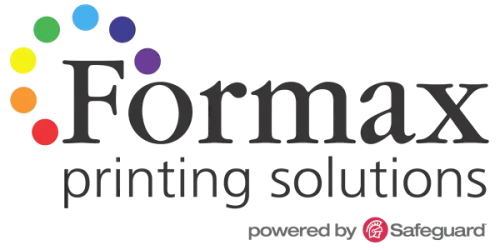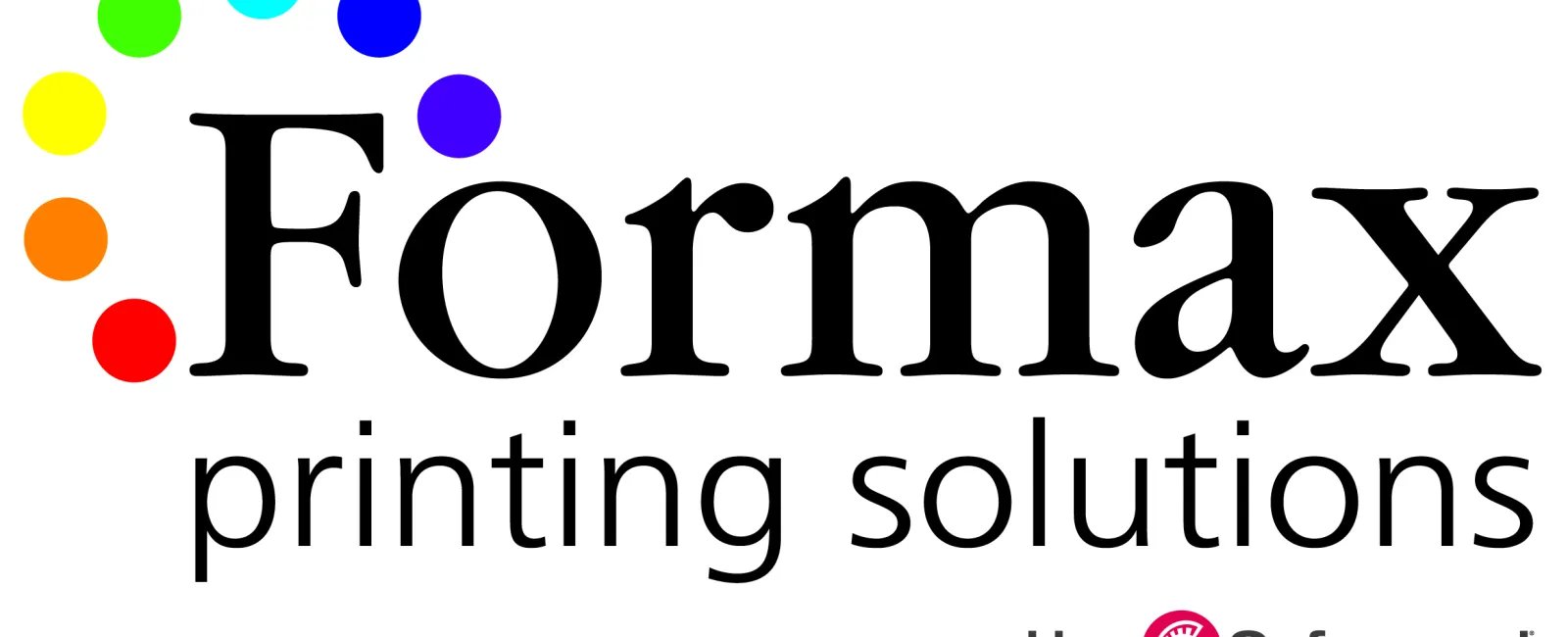In the printing industry, Lamination refers to the process of bonding a clear plastic film onto printed matter. It is most common to bond the film to both sides of the printed piece so that the piece is totally enclosed in plastic. Printed pieces are laminated to protect them from stains, smudges, moisture, wrinkles, tears or anything else that might shorten their useful life. In addition to protection, print lamination also adds strength and rigidity.
Types of Printing Projects that use Lamination.
Printing that is handled frequently is often laminated, such as restaurant menus, price lists, maps, educational materials, bookmarks, membership cards, etc. You will often see laminated pages in a salesperson's "flip" book or used as the covers on some books. Another benefit of lamination is that it makes the colors on the printed pieces more brilliant.
Lamination is also recommended for printed pieces used in dirty or damp environments, such as machinery warnings and operating instructions, safety and emergency signage, factory rules, reusable tags, etc. If the environment is particularly damp or oily, the lamination film is often extended beyond the edge of the printed piece by 1/8" to 1/2" so that the top and bottom layer of clear laminate can bond to each other. This keeps moisture, oil and dirt away from the edge of the printed piece.
Options to Consider when Laminating.
Lamination that uses heat activation is generally the preferred method because it creates a stronger bond between the printed piece and the laminate. The laminate can be glossy or matte, but glossy is more common and thus less expensive. In addition, laminated pieces can be made with square or rounded corners and can also have eyelets installed in them for hanging from a hook, nylon tie or beaded chain.
Lamination film is usually measured in mil thicknesses. One mil is equal to .001" or 1/1000ths of an inch (a mil is not the same as a millimeter). Hence, a lamination film measuring 3 mil would be .003" thick and a film measuring 10 mil would be .010" thick. If you need your printed piece to be rigid, one tip that can generally save you money is to use a heavy cardstock to print on and then apply a thinner laminate film-as opposed to printing on thinner paper and using a thicker laminate film. If in doubt, tell your printer what your desired thickness result is and then he can price it out with the method most economical for you.
If you have any questions about the many uses and benefits of lamination, just give us a call at 866.367.6221 or submit our quote request form. We can offer assistance with short or long production runs.
Take care! Rick




